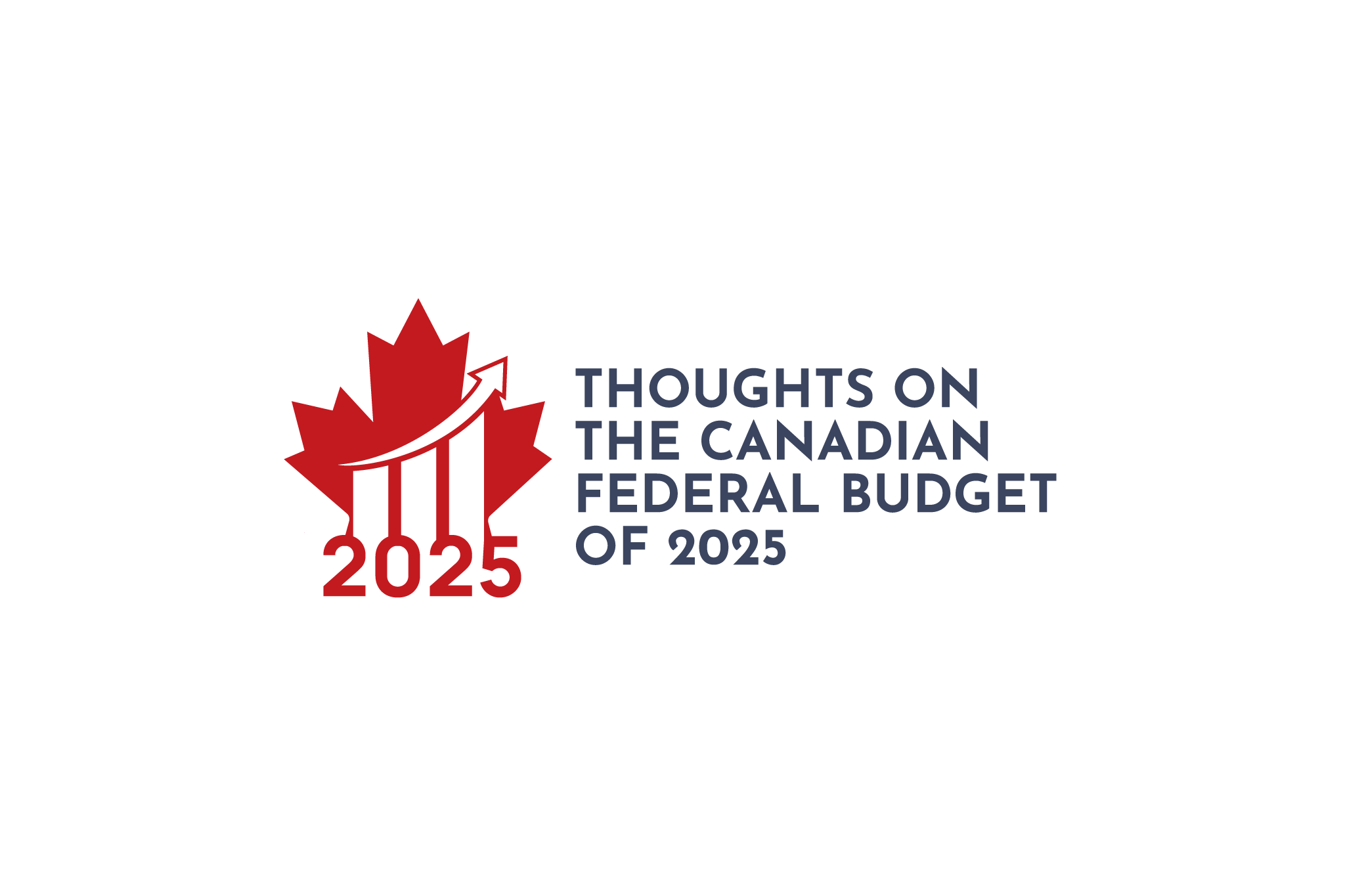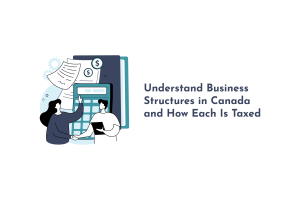The federal budget for 2025 was revealed yesterday, and after warning Canadians leading up to the announcement that it was a budget of ‘sacrifice’ that was needed in order for Canada to deal with the trade war that is ongoing with the United States and the ongoing cost of living crisis that is happening within our borders right now. The hope is that this will prevent Canada from entering into a recession. This is the first budget that is being tabled by the Mark Carney-led Liberal Party, and it had items that can be interpreted as both pros and cons for Canadians, as well as some rumoured items that, in the end, were dropped for various reasons. Let’s look at some of the items of interest from the proposed Federal Budget of 2025.
In This Blog:
- Things that will Support Canadians
- A Few Notable Items Didn’t Make the Cut
- Other Notes to Keep In Mind
- Conclusion
Things that will Support Canadians
There were a few major items in the budget aimed at helping Canadians. Some of the main points were:
- Investment in infrastructure, housing and productivity – There is a large fiscal commitment to build things that support the growth of our economy and country. Housing and the infrastructure required to support increased housing production are one of these areas. For Canadians, this means more housing, which could reduce pressure on home prices, as well as potentially adding jobs to supply labour for these initiatives.
- Delivering automatic federal benefits to low-income individuals – proposed reforms would potentially make access to government services more efficient. An example would be the plan to allow for simple tax returns for low-income Canadians to be automatically filed, allowing those people access to things like the HST /GST Credit, Canada Child Benefit and the Canada Workers Benefit.
- There’s a review of banking fees coming as well. The fees that banks charge for ATM use and Interac e-transfer fees will be reviewed. They also proposed the banning of fees to transfer registered accounts. Currently, some institutions charge up to $150 per account if you wish to transfer a TFSA or RRSP to a different institution. This fee would be banned under the new rules.

A Few Notable Items Didn’t Make the Cut
There were a few rumoured items leading up to the budget that didn’t make the cut into the final document. These include:
- The discussed 25% reduction in the required minimum withdrawals from Registered Retirement Income Funds (RRIFs) was not in the final budget.
- The Canadian Entrepreneurs Incentive (CEI), which would have lowered the inclusion rate on up to $2 Million of eligible capital gains for entrepreneurs, was also dropped.
- There was no mention of a full-scale review of the Canadian corporate tax system.
Other Notes to Keep In Mind
There are a few other notes on things that the budget did and didn’t do:
- There was a small adjustment to the first federal tax bracket, lowering it from 15% to 14% effective midway through 2025. This means that the minimum tax federal bracket for your 2025 taxes will be 14.5% (a blending of the two rates) and will be 14% going forward.
- The 2025 federal budget does not make any changes to the federal corporate tax rates.
- The budget focuses heavily on making the narrative about investment and productivity. There is not a lot of tax reform; instead, they focused on infrastructure and growth.
Canadian Federal Budget of 2025 Conclusion
There were no sweeping surprises from the 2025 Federal Budget. If you were hoping for immediate help with the cost of living, that isn’t part of the plan. The hope is that by focusing on increasing housing as a core concept, the price of homes will decrease and lower the cost of living. While this may help in the long term, it offers little in the way of immediate relief for the increased cost of living that people are facing right now. Otherwise, the main focus of the plan seems to be how to deal with the trade issues that are faced with the US and how we as a nation can proceed into what is a rapidly changing global trade economy.









